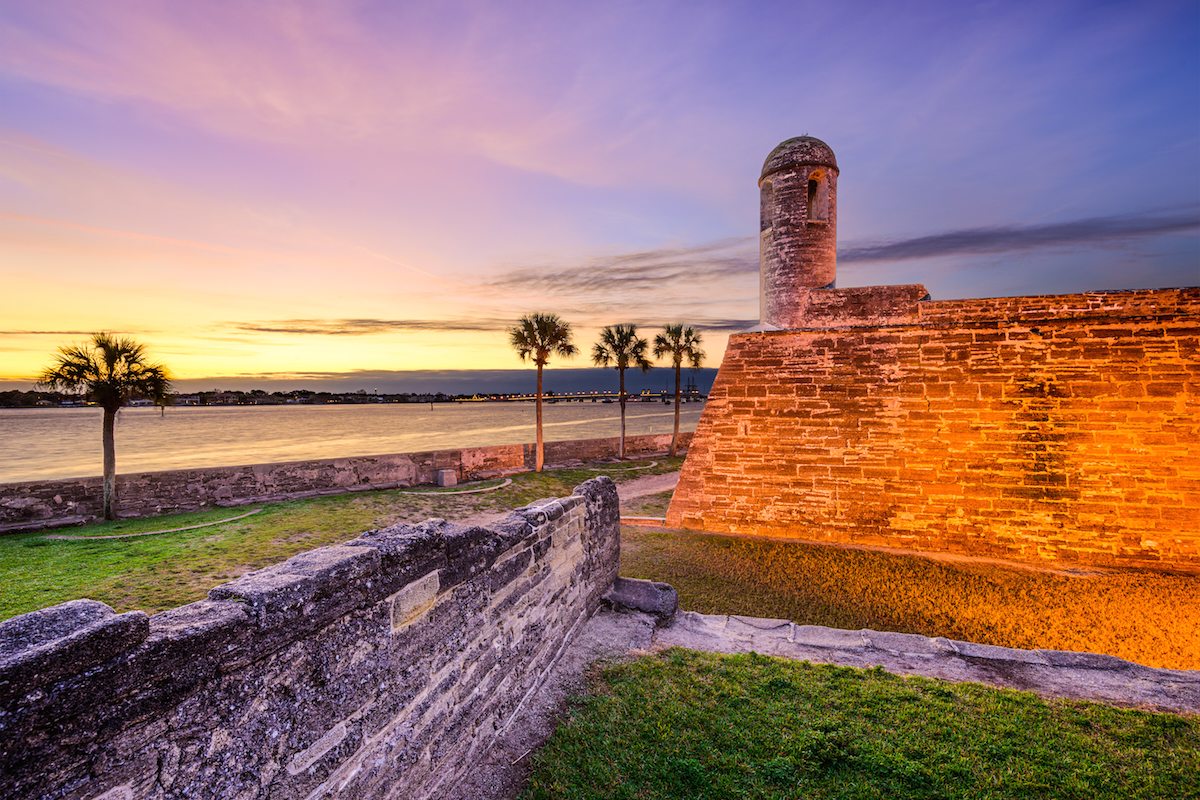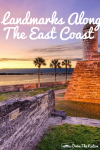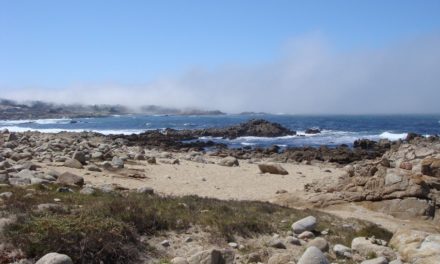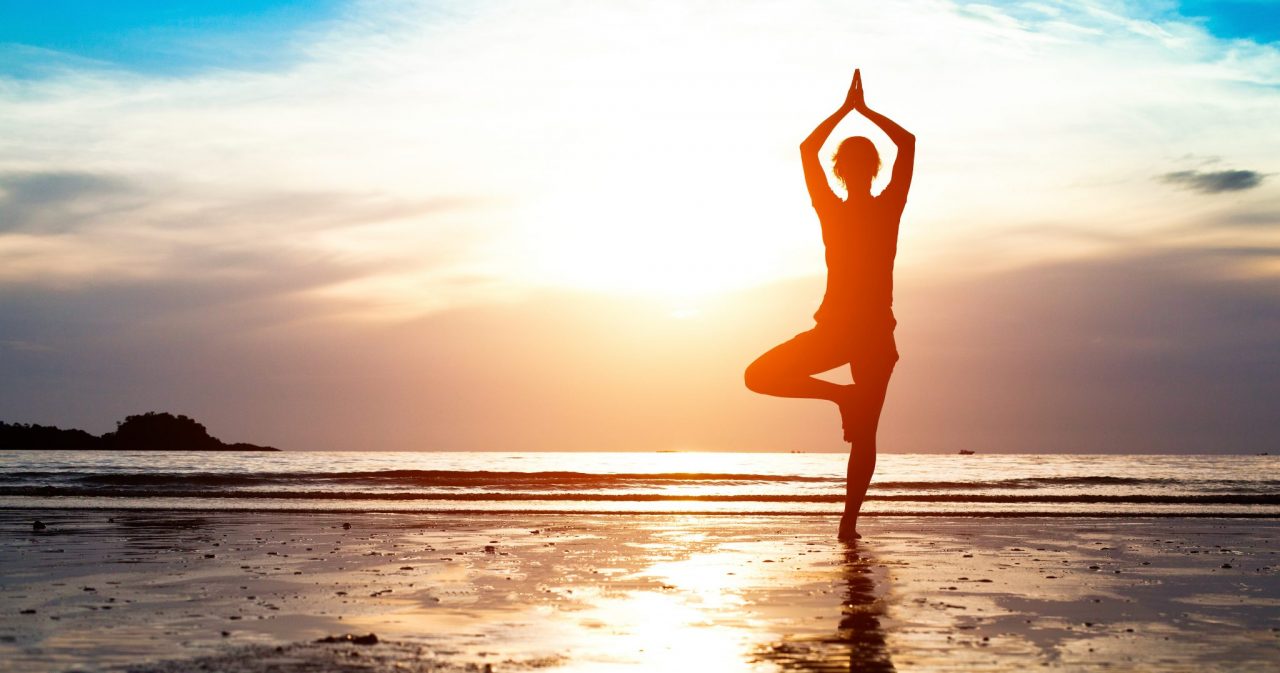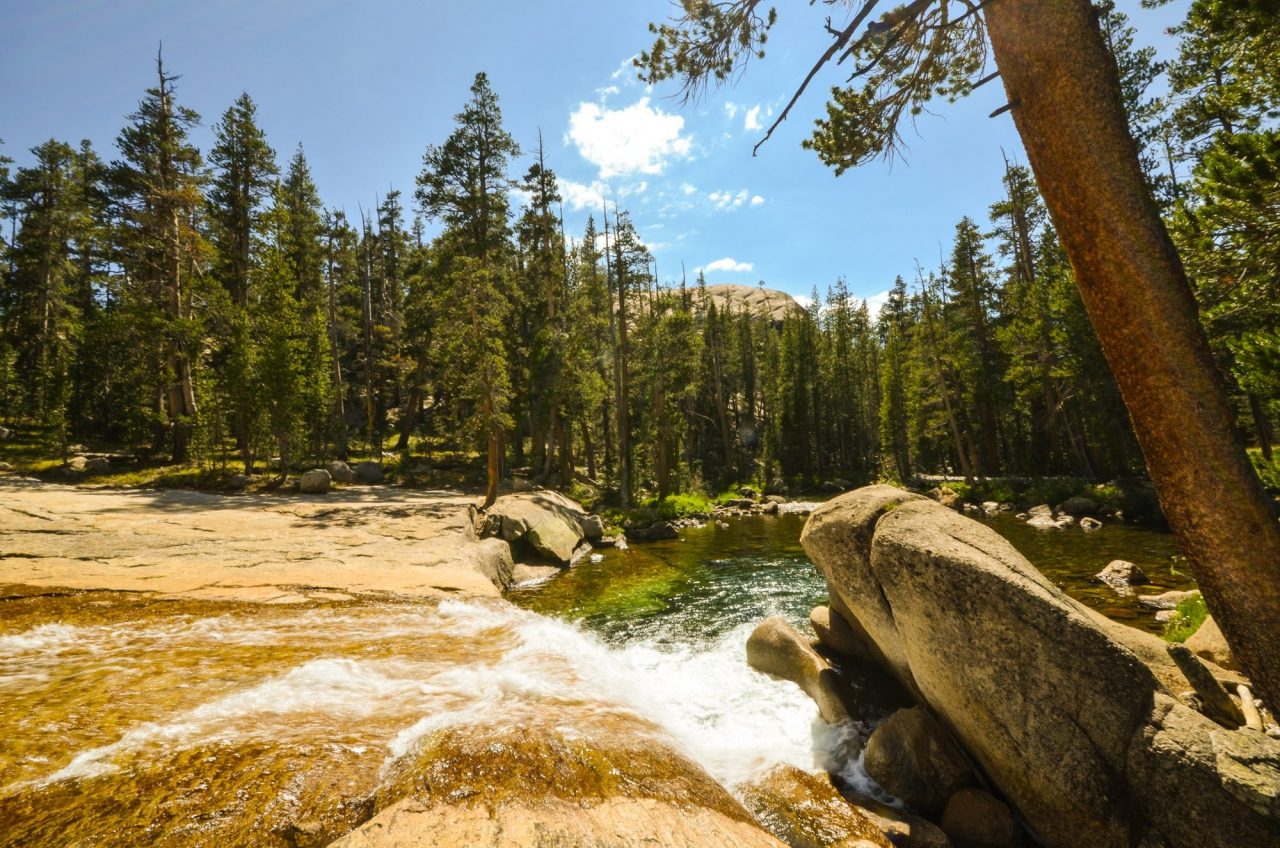The National Park Service’s centinnial in 2016 shone the light more brightly than ever on some of our country’s most beautiful lands. While Yellowstone, Acadia, the Great Smoky Mountains and a handful of other perennially popular parks get the most attention, what isn’t widely known is that the National Park Service actually manages over 400 national parks, national monuments and historic sites. I’ve had the great fortune to visit many of them in my travels, which led me to compile the following list of recommendations.
Frederick Law Olmsted National Historic Site
Brookline, MA
Frederick Law Olmsted (1822-1903) is recognized as the founder of American landscape architecture and the nation’s best known park designer. His notable works include New York City’s Central Park. In 1883, Olmsted opened the world’s first full-scale professional office for the practice of landscape design in Brookline, Massachusetts, which is now dedicated to the work of Olmsted and his sons.
Weir Farm National Historic Site
Ridgefield & Wilton, CT
This inspiring site commemorates the life and work of American impressionist painter J. Alden Weir and other artists who painted there including Childe Hassam, Albert Pinkham Ryder and John Singer Sargent. Of the 411 units managed by the National Park Service, it is one of the two devoted to the visual arts (the other is Saint-Gaudens National Historic Site).
Castle Clinton National Monument
New York, New York
Before Ellis Island, Castle Clinton, a circular sandstone fort on the tip of Manhattan, served as the first immigration station in the United States. Over 8 million immigrants arrived here between 1855 and 1890. The fort, originally built in 1812, served many uses including as exhibition hall, beer garden, theatre and public aquarium before it became a National Monument.
Statue of Liberty National Monument
Ellis Island, New York
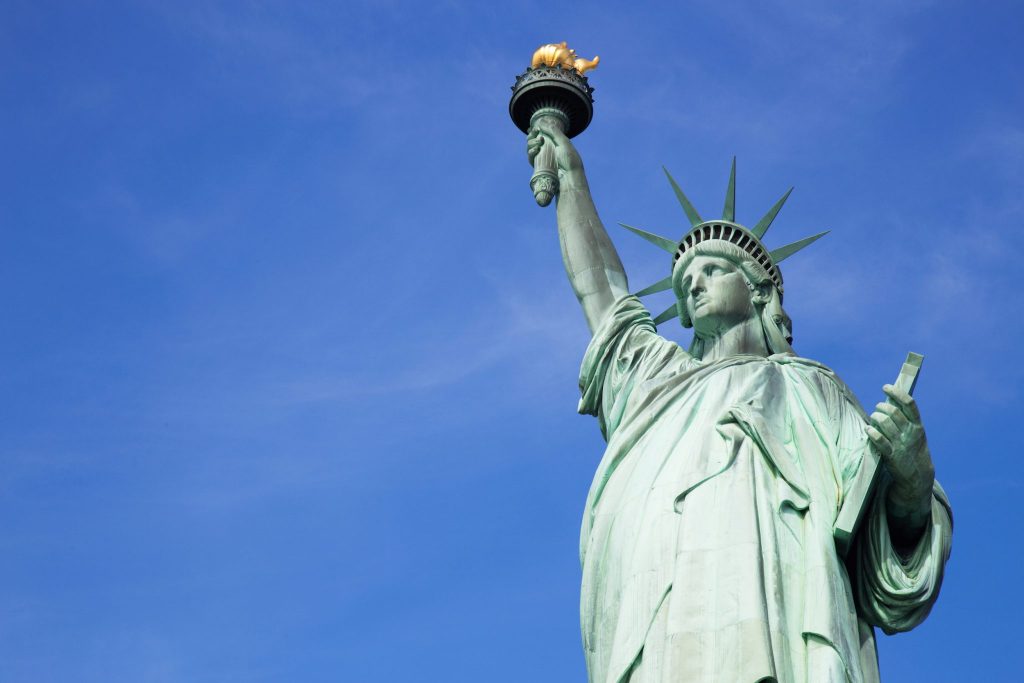
Built by Gustave Eiffel (of Eiffel Tower fame), this enduring symbol of freedom was designated as a National Monument in 1924. A “grounds only” visitor pass can often be obtained the day of your visit. However, entering the museum, pedestal or crown requires advance reservations, so you’ll want to plan ahead.
First State National Historical Park
New Castle, DE
Located mostly in Delaware and extending just into Pennsylvania, this historical park gives visitors a glimpse into the early colonial history of the Delaware Valley and the events that led to the state being the first to ratify the United States Constitution. The settlement of the area by and the relationship between Dutch, Finns, Swedes and English established a culture that tolerated diversity in both national origin and religion and valued the role of independence.
George Washington Birthplace National Monument
Colonial Beach, VA
While you can’ t see the house George Washington was born in here (it was destroyed by fire in 1799), you can get a sense of how this beautiful area helped shape the first American President’s deep connection with the world around him. Among the living exhibits are a colonial garden highlighted with plants, herbs and flowers from Washington’s time.
Booker T Washington National Monument
Hardy, VA
A photo posted by trish (@trishwymore) on
In 1856, Booker T. Washington was born a slave on this site. Today it serves as a monument to his legacy as American educator, author, orator and advisor to U.S. presidents. The 207-acre monument preserves portions of the tobacco farm and birthplace of Washington, as well as an interpretation of 1850s slavery and farming through the use of buildings, gardens, educational events and more.
Fort Sumter National Monument
Charleston Harbor, SC
On April 12, 1861, the Civil War began on this spot when Confederate troops fired upon, then gained control of this Federal fort. The National Monument is comprised of three sites, a Visitor Education Center (where visitors can learn about the events leading up to the conflict), Fort Sumter (where the museum focuses on the construction of the fort and what life was like on the island) and Fort Moultrie on Sullivan’s Island (where visitors can learn about U.S. Naval defense between 1776 and 1947). Fort Sumter is only accessible by boat (the other two sites are accessible by car). Tours depart from two mainland sites daily (advance ticket purchase is highly recommended).
Fort Fredrica National Monument
St. Simons Island, GA
Posted by Fort Frederica National Monument on Friday, May 15, 2015
In the early 1700s, the land between British South Carolina and Spanish Florida was known as “the debatable land”. In 1736, James Oglethorpe established Fort Frederica to protect the southern boundary of his new colony of Georgia from a potential invasion from the south. A number of colonists joined his cause. Today, the archeological remains of the fort give visitors an idea of how the fort’s construction and strategic location helped ensure the survival of the young colony.
Castillo de San Marcos
St. Augustine, FL
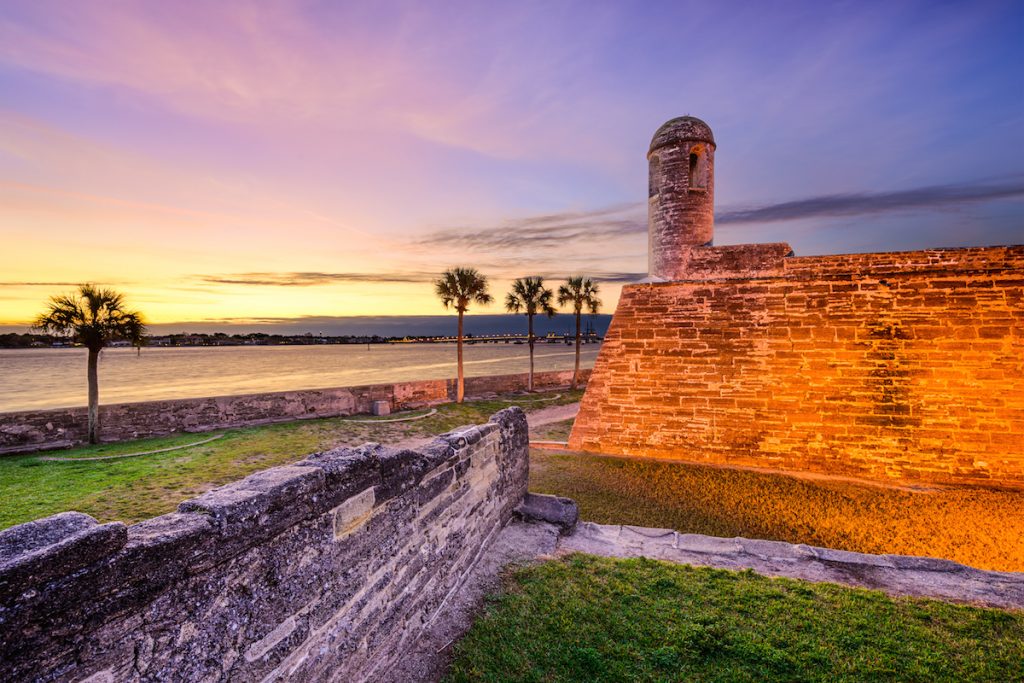
Begun in 1672, Castillo de San Marcos is the oldest masonry fort in the continental U.S. The 20.5 acre monument includes a reconstructed section of what was once the wall surrounding the city of St. Augustine and includes the original city gate. It is one of only two forts in the world built from coquina limestone, which because of its porous properties absorbed cannon ball blasts (as opposed to being blown apart by them). Interestingly, one of the attacks this fort endured was one led by James Oglethorpe (of Ford Fredrica fame). It’s a must see for visitors to the St. Augustine area.

